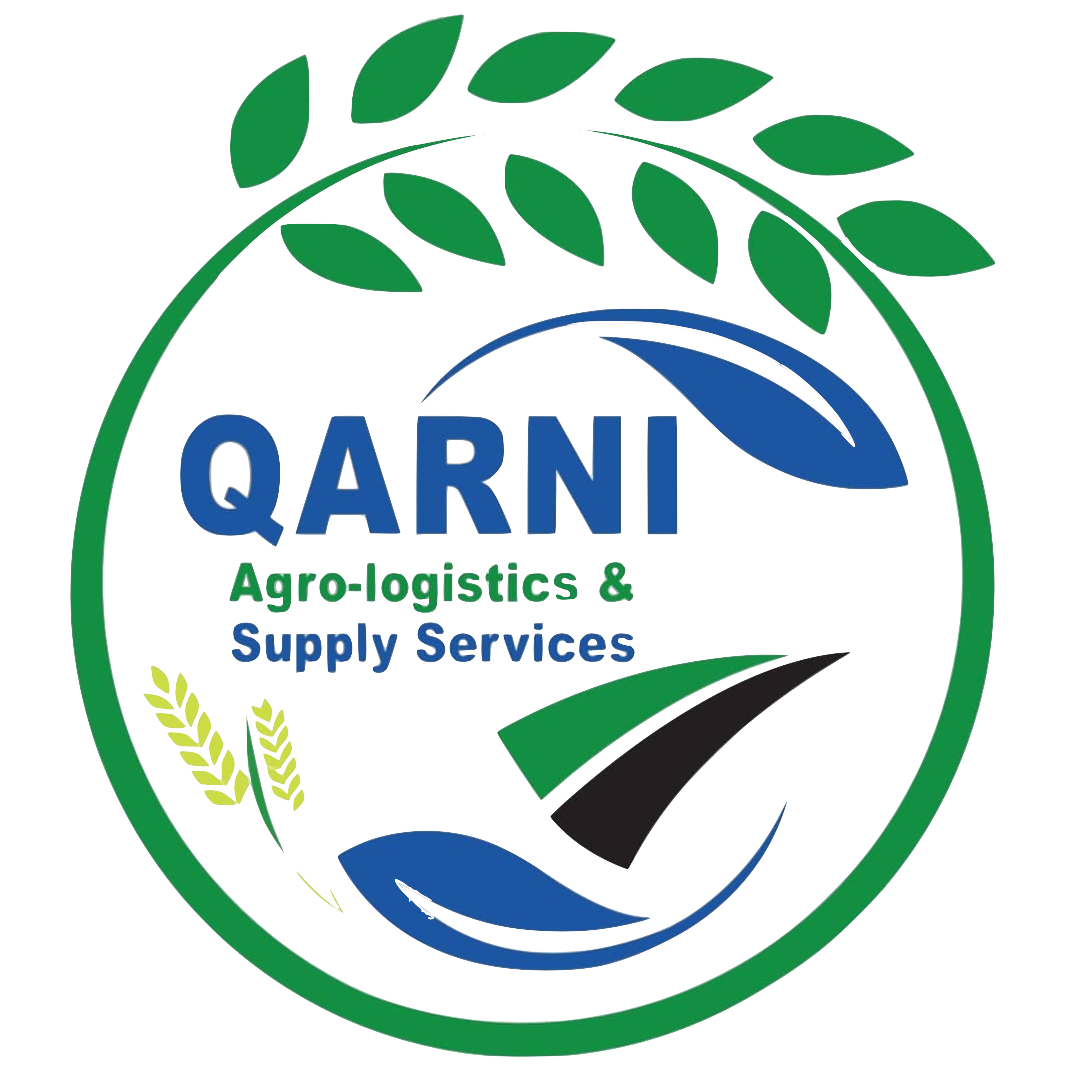The post-harvest period is a critical phase in agricultural production that begins immediately after the harvesting of crops and extends until the produce reaches the consumer or is processed for further use. This period plays a vital role in determining the quality and quantity of food that ultimately reaches the market and consumers. Effective management during this stage can significantly reduce losses, enhance product quality, and improve food security.
Challenges During the Post-Harvest Period
Farmers often face various challenges during the post-harvest period, including inadequate storage facilities, pest management issues, and limited access to markets. These challenges can be exacerbated by environmental factors such as climate variations and lack of technological advancements.
Importance of the Post-Harvest Period
- Quality Preservation: Proper handling and storage of harvested crops are essential for maintaining their freshness and nutritional value. This is crucial for fruits, vegetables, and grains, which can degrade rapidly if not managed correctly.
- Reduction of Losses: The post-harvest phase is often fraught with challenges such as spoilage, pest infestations, and improper handling. Addressing these issues is key to minimizing waste and maximizing the economic return for farmers.
- Economic Impact: Effective post-harvest management can lead to increased income for farmers by ensuring that a higher percentage of their harvest is sold at marketable quality. This is particularly important in regions where agriculture is a primary source of livelihood.
- Food Security: With the global population continuing to grow, efficient post-harvest practices are essential to ensure that food supply keeps pace with demand. By reducing losses in the agricultural supply chain, more food can be made available for consumption.







